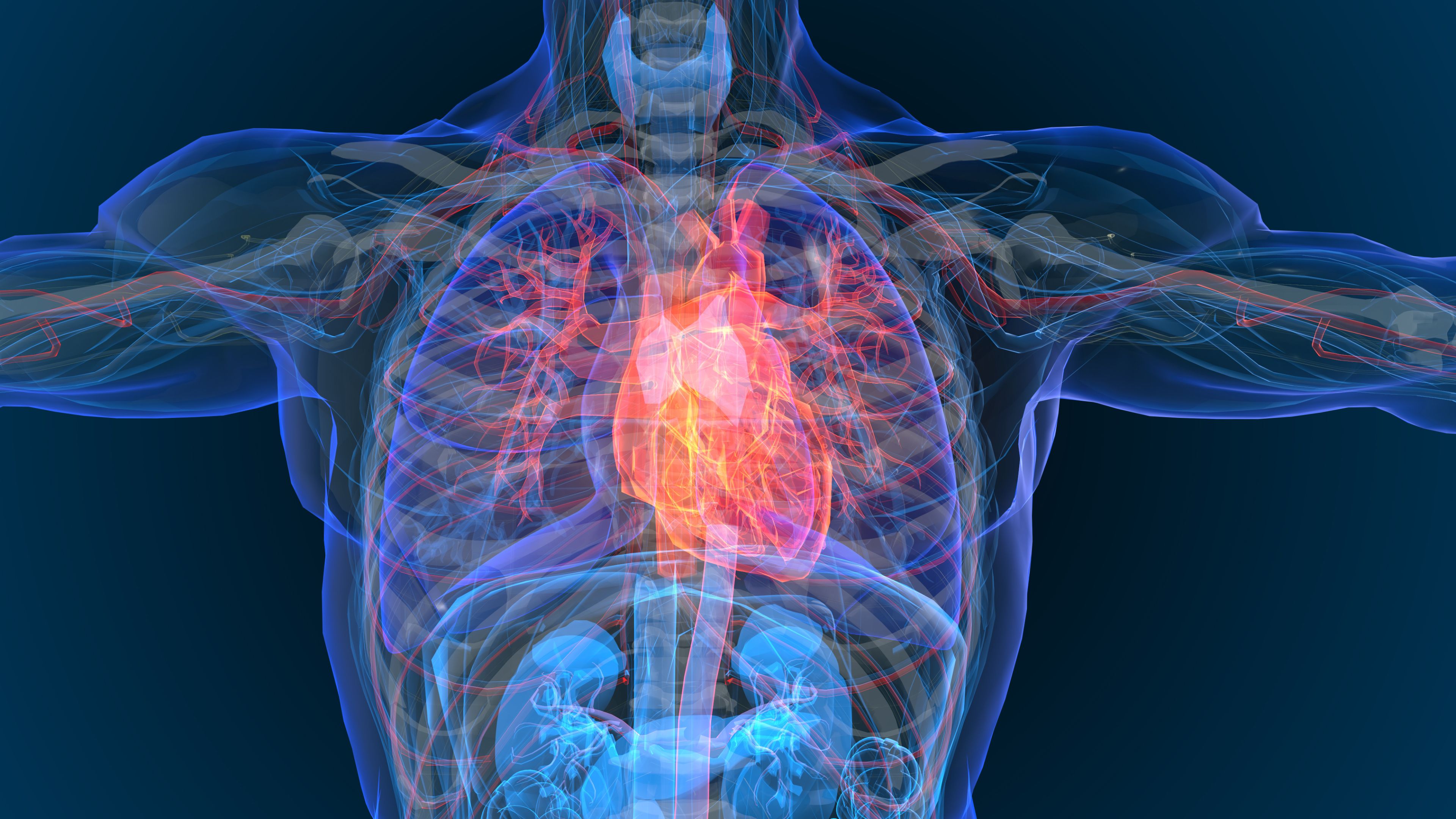Article
Study Results Debunk ‘Obesity Paradox’ for Individuals With Heart Failure
Author(s):
Data indicated that waist-to-height ratio is a better indicator of outcomes in patients with HF than body mass index.
appledesign - stock.adobe.com

Investigators have debunked the idea of the “obesity paradox” that individuals with heart failure (HF) who are obese or overweight are thought to be less likely to die or end up in the hospital compared with individuals with a normal weight, according to the results of a study published in European Heart Journal.
The findings demonstrate that if physicians measure the ratio of waist to height of patients, rather than looking at body mass index (BMI), the assumption that individuals with a BMI of 25 kg/m2 or more is not relevant.
“The paradox was far less evident when we looked at waist-to-height ratios, and it disappeared after adjustment for prognostic variables. After adjustment, both BMI and waist-to-height ratio showed that more body fat was associated with a greater risk of death or hospitalization for [HF,] but this was more evident for waist-to-height ratio. When looking at waist-to-height ratio, we found the top 20% of people with the most fat had a 39% increased risk of being hospitalized for [HF] compared to [individuals] in the bottom 20% who had the least fat,” Jawad Butt, a research fellow from Copenhagen University Hospital, said in a statement.
The paradox relates findings that suggested that, though individuals are at greater risk of developing heart issues if they are obese or overweight, once an individual has developed a heart condition, those with higher BMIs appeared to do better and are less likely to die than those of normal weight.
Various explanations have suggested that extra fat is protective against further health problems and death, especially as those who develop a chronic and severe illness often lose weight, according to the investigators.
In this study, investigators explored the different ways of measuring the proportions and size of individuals while also including anthropometric measurements, such as waist circumference, waist-to-height ratio, and waist-to-hip ratio, and adjusting patient outcomes to account for other factors to predict these outcomes, including natriuretic peptides.
“Natriuretic peptides are the single most important prognostic variable in patients with [HF]. Normally, levels of natriuretic peptides rise in [individuals] with [HF], but patients living with obesity have lower levels than those who are normal weight,” John McMurray, professor of Medical Cardiology at the University of Glasgow in the United Kingdom, said in the statement.
Investigators analyzed data from 1832 women and 6567 men with HF and reduced ejection fraction who were enrolled in the PARADIGM-HF (NCT01035255) randomized controlled trial that occurred in 47 countries.
Data on anthropometric measurements, blood pressure, blood tests, BMI, medical histories, and treatments were collected.
Investigators eliminated the obesity-survival paradox by adjusting the results to take account of all the factors that can affect outcomes, including levels of natriuretic peptides.
Limitations of the study included that it can be difficult to accurately measure body shapes, such as waist circumference, because it can be carried out by different physicians. Additionally, further unknown factors could have affected these results.
Reference
Study shows ‘obesity paradox’ does not exist: waist-to-height ratio is a better indicator of outcomes in patients with heart failure than BMI. Science Daily. News release. March 22, 2023. Accessed March 24, 2023. https://www.sciencedaily.com/releases/2023/03/230322082710.htm
Newsletter
Stay informed on drug updates, treatment guidelines, and pharmacy practice trends—subscribe to Pharmacy Times for weekly clinical insights.






